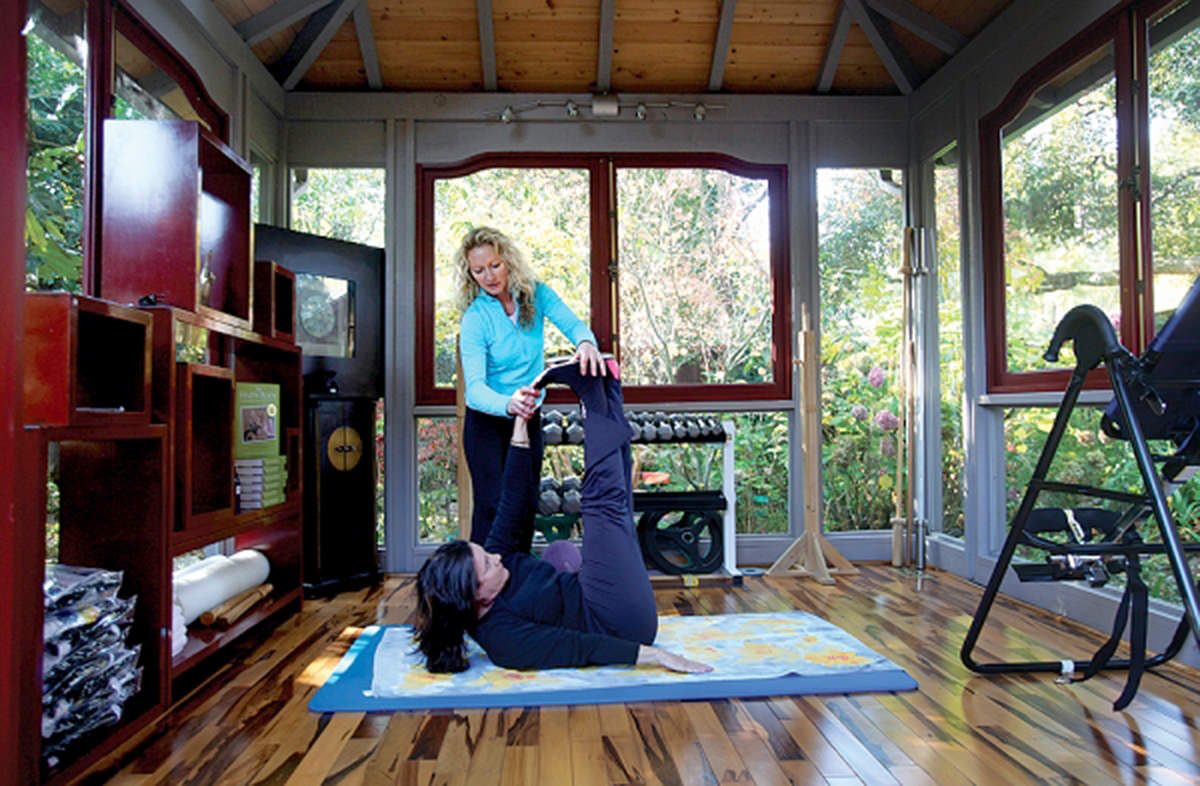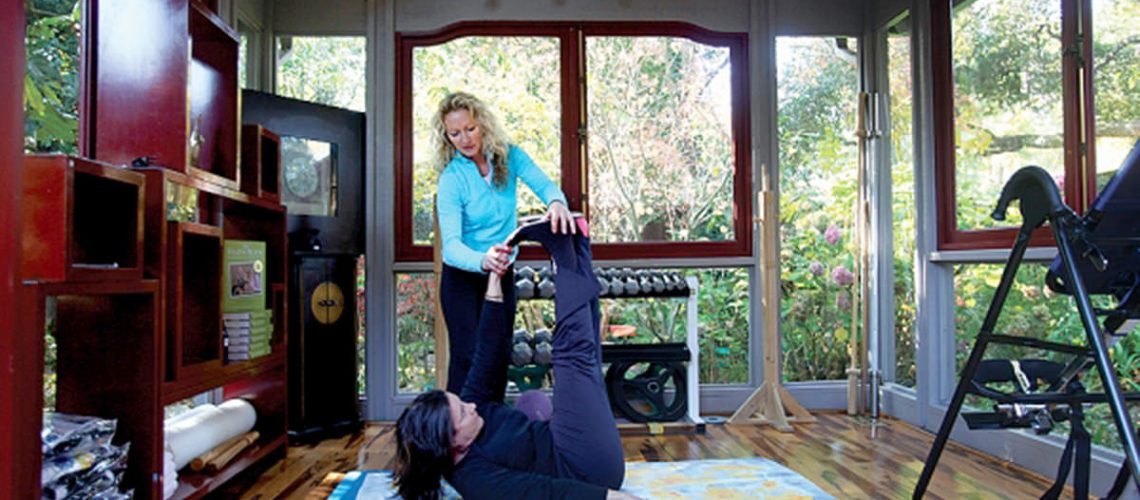By Jerzy Gregorek
One day, a client of ours named Greg arrived for his session, complaining about The Happy Body guideline to eat every three hours. I then asked him, “Greg, do you like speed bumps?”

His reaction was immediate: “I hate speed bumps. I always try to drive around them on parking lots.”
“Do you think speed bumps are good?”
Greg bowed his head and thought for a moment and said, “I guess they are good.”
“What about the people who came up with the idea, then: Are they good people?”
“Well, I guess they’re good.”
“Why do you think they created speed bumps? What was the purpose?”
“To slow us down, I guess.”
“Why are speed bumps needed for drivers when other signs warning them to slow down already exist?”
“Because drivers don’t always obey the signs and need to be forced to slow down.”
“Why is that so important, to slow down in areas where speed bumps are placed?”
“Well, there might be children crossing in school zones, animals on the road, whatever.”
“So it wouldn’t feel good to have an accident, would it?”
“No, I guess not.”
“So the people who created speed bumps were actually helping you, by preventing from happening something that you would not want to happen, weren’t they?”
“Yeah, I get it.”
“So speed bumps are good for us, even though we may not like them, don’t you think?”
“Yeah, I guess they are.”
“So what are you going to do now? Are you going to feel the same way as before when you drive over them?”
“I don’t know. I guess I wouldn’t feel the same way now.” He seemed to feel trapped.
You see, Greg, the wisdom in life is often to do what is good for us even though we may not like it. In The Happy Body Program, there are five speed bumps. Three relate to food, one to exercise and one to relaxation.
When you came here today, you told me that you dislike eating every three hours, that you don’t like going by the clock. Now, think about this: If you don’t like the clock, you will say, I hate eating on time, it’s stupid. It is for rigid people only, it makes me rigid. That would be the negative way of looking at the idea. If you are positive, then you can say about the clock that it is your friend. I am hungry already but it is one hour before it is time to eat. If there was no clock, I would eat and I would not know when to eat. Then I would not burn my fat as food and I would gain weight, which is not what I want. It is not really what we do that counts but rather what our attitude is toward whatever we do.
At that point, Greg revealed that even though he realizes that eating on time is beneficial, he still regards the clock with irritation, as an enemy.
“I will try to think of it as my friend,” he said.
“Don’t try, just do it: think of the clock as your friend, because it can help you. I’ll see you in a week and we’ll see how you’re doing. Focus on changing your mindset from a negative to a positive one. Use the analogy we talked about today to help you.”
One week later, Greg returned. His mood was different. He was relaxed and at ease. “I have a story to tell you,” he said. “After I woke up Saturday morning, I went to the kitchen and looked out into the front yard, where my three girls were playing at the time, close to the road. I noticed a car moving quickly in their direction, which alarmed me, because they were so close to the curb. Suddenly, the car slowed down. I didn’t know why. After I noticed the car moving up and down, it occurred to me that the reason for slowing was speed bumps. As the car slowed down, the girls had time to notice it and move safely away. I became aware for the first time of the speed bumps on the street in front of my house. I had driven over them myself countless times, without even thinking about them. Now, I suddenly appreciated them. I decided that from this time on, I would like speed bumps and even enjoy driving slowly over them.”
I was happy to hear Greg describe his discovery, which I had not expected him to make in such a relatively short time. I picked up on this development, to apply it to the work at hand.
“So let me ask you now, Greg, how are you feeling about the clock?”
“I still struggle,” he said. “But I like the idea of the clock as my friend, in the context of The Happy Body Program. I have started eating on time and I am losing weight. I don’t feel so sluggish anymore and things are working for me. Now I realize the importance of following the schedule.”
As I had mentioned to Greg, The Happy Body Program recognizes five speed bumps, three of which relate to food (eating schedule, type of food and volume of food), one to exercise and one to relaxation. The speed bumps encountered by any particular person following the program depends on individual circumstances. Greg had an issue with eating schedule. For others, it can be one or more of the four other speed bumps. In any case, lifestyle is at the core. “What is today wants to stay.” To change habits, it is important to focus, positively, on those things that can be changed and figure out how to best effect the change.
Breaking Yourself?
Stephanie told her psychologist,
“When I start eating nuts I cannot stop.
I am like a horse running wild.”
“I can’t force you
and keep your hand from reaching for more.”
“I don’t like the word force,
it reminds me an army sergeant.”
“What would you do if your son
didn’t want to do his homework?”
“I would tell him how important
and good it was.”
“And if he still refused
what would you do?”
“I would talk more.”
“And if he still refused?”
“I don’t like the way you talk to me.”
“I don’t either.”
“So why do you talk to me that way?”
“I have a wild horse too.”
“What is it?”
“You.”
“But you cannot force me.”
“No, but maybe I can help you
to break yourself.”
DEEPER CONTEMPLATION
Have you created any strong principles that keep your life more simple and enjoyable? Is there an area where you know you need them?
Leave your response below in the comments.


